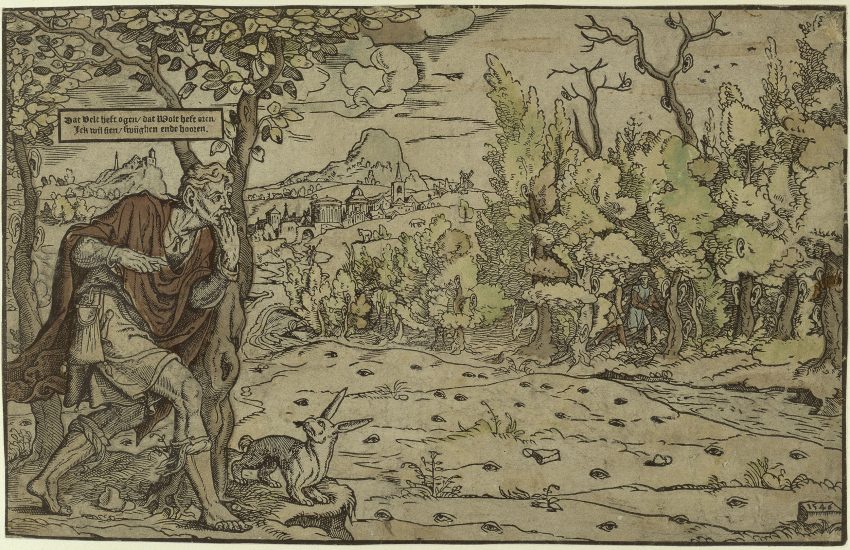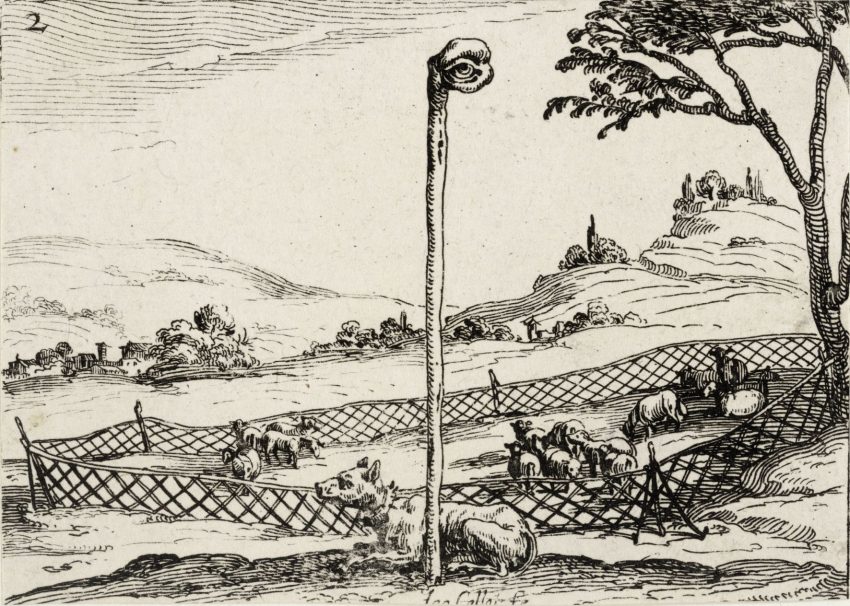The Body and the Network
A discussion and production seminar, geared to critically engage contemporary surveillance and control measures in artistic practice. The focus is on the development of new methodologies, identities, and narratives, especially those that cross diverse media in a performative way.
Building on the winter term’s „Systematic Observation and Recall“ the seminar will look at body extensions in societies of control and how they manifest in networked media. This includes art works, network activity, performances or videos that reconfigure, refocuse and recontextualize current technologies of connection and display.
We will investigate new transient cultures of extending and marking the body for security, surveillance, pleasure and storytelling, and contemporary platforms for live display including the theatre, the databank and the MAX Patch.
Workshops:
Raspberry Pi Basics
A practical workshop with help from Martin Nawrath to configure and install network devices with the Raspberry Pi as a basis. Aimed at all experience levels, the workshop will introduce the basics of networking technology, the command line, scripting and automation, as well as working with external sensors.
Media for Live Events
Building on this, there will later on in the term be the opportunity to work with Prof. Larry Shea, from School of Drama, Carnegie Mellon University. In this several-weeks long workshop we‘ll use the new skills to imagine and build new networked and sensor-based set-ups for installations, performances and open scenarios, working towards Rundgang.
Mid Term Review: 9 &10 May 2017
Excursion to opening days of documenta 14
Required reading
– Nervous Systems, HKW Berlin, 2016, introduction by Anselm Franke, Stephanie Hankey and Marek Tuszynski (online)
– Out of Body, Skulptur Projekte Münster, 2016: The Body of the Web (online)
– Surveillance, Performance, Self-Surveillance. Interview with Jill Magid by Geert Lovink (online)
– Flesh and Stone, The Body and the City in Western Civilization, Richard Sennett, New York, 1994
Invited speakers
Geert Lovink: Medienkatastrophe, 20.4., 18 h, Aula
Simon Denny: Medienkatastrophe, 26.4., 19 h, Aula
Mark Bain
Prof. Larry Shea (June-July)



